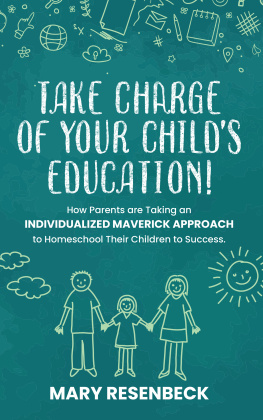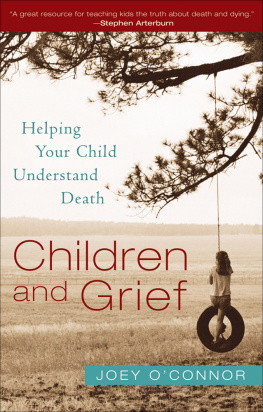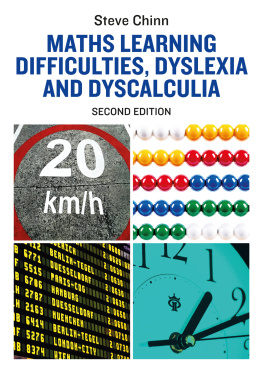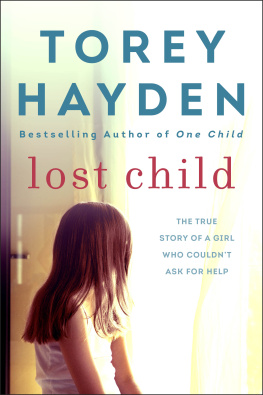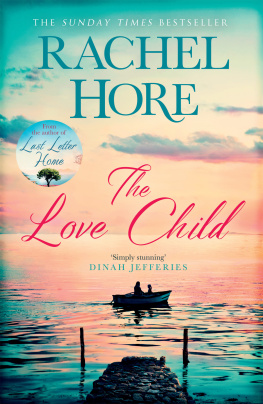This book recounts the essence of my experience and in that sense is a true story. However, it is not intended as a literal account, and it is not to be taken as a portrayal of any living person. All names (except for my familys and mine) of individuals, places, and institutions are fictitious.
All rights reserved under International and Pan-American Copyright Conventions. By payment of the required fees, you have been granted the nonexclusive, non-transferable right to access and read the text of this e-book on screen. No part of this text may be reproduced, transmitted, downloaded, decompiled, reverse engineered, or stored in or introduced into any information storage retrieval system, in any form or by any means, whether electronic or mechanical, now known or hereinafter invented, without the express written permission of HarperCollins e-books.
I hate her, Alice sobbed. Hate her! Hate her! Hate her!
She was sitting sideways on the couch in my office over our garage, knees pulled up under her chin. Now she put her head on her knees, and her long, straight, light-brown hair fell forward around her face so that tears dripped from an invisible source, making dark blotches on her long, grey flannel skirt.
Oh, Alice, I said, sitting down beside her, handing her the box of tissues. Whats wrong? Who do you hate?
Alice sobbed on. Both of them, thats who. My stupid mother and my stupid teacher. I dont even know which one I hate the most.
I was surprised at the depth of Alices emotion. On her first visit she had sat as still and silent as a rock for most of the time. But, I loved having Alice in my office. While I enjoyed my boys, there was something special about having a girl there.
I lifted Alices feet into my lap (she had shed her shoes on the way in the door) and waited. There was no need to ask questions. Since the first visit, words had tumbled out of Alice there was no language problem here. For a fifth grader she was more than verbal; she was a veritable fountain.
Nobody ever asks me what I want, she said, mopping her face. They just run my life as if I wasnt even here. Just because that doctor said I should take Ritalin, Mom assumes she has the right to stick it in my sandwich in my lunchbox. Well, I hate it never knowing which bite it will be in, having the other kids stare, waiting for me to choke on the pill. She says Id forget to take it if it wasnt in the sandwich. Maybe I would. But its my life, not hers. Anyway, I just throw my sandwich out Im not that hungry, anyway, and that was fine till stupid Mrs. Robinson decides its her duty to tell your mother. She called Mom into school, and now theres a whole big hassle and Im supposed to show stupid Robinson my empty sandwich baggie and swear Ive eaten the sandwich and the pill.
Well, I wont. Im not some kindergarten baby. I dont care what they do. I dont even want to go to the dumb school anyway.
I know, I said. And I did. Dr. Volpe had sent me a copy of Alices copious file before he sent me Alice, and there was a detailed family history along with reports from various doctors and teachers.
The Martins had arrived from Kansas during the previous summer. Mr. Martin had been promoted and transferred to the New York home office of a large insurance company.
The Martins were reportedly thrilled by the move up the ladder and delighted with their picture-book pretty home in a nearby affluent community.
However, it was immediately evident to everyone that Alices previous schooling had in no way prepared her for the highly academic program of this achievement-oriented town, which prided itself on its standards of education and high national ranking.
The small private school in the little midwestern city that Alice had attended had a curriculum based on developmental milestones rather than standardized levels of achievement. It was considered to be innovative and less pressured than the public schools, and since Alice had been high-strung from the beginning, the Martins thought it was the better option for Alice. And it may have been, but it had left her poorly prepared to enter any other type of school.
Even in her special school Alice had difficulties, and while she was still in kindergarten the school psychologist had tested her.
Her highest scores were in reasoning and abstract thinking. Her lowest scores were in arithmetic and visual moto tasks. Her full-scale IQ score on the Wechsler Preschool and Primary Scale of Intelligence (WPPSI) was 113; the Verbal IQ was 126, the Performance IQ 103 a 23-point spread. The Bender Gestalt was reported to be difficult for Alice, and her drawings showed signs of stress. Her teachers reported that Alices feelings were easily hurt and that she was often on the verge of tears and needed more than the usual amount of encouragement to perform. On the basis of the teachers reports and the tests, the school psychologist concluded that Alices difficulties were due to emotional rather than physical problems and advised a more relaxed attitude and less pressure from the parents.
The psychologist never did explain the 23-point difference between Alices Verbal and Performance scores.
Alice continued to have trouble during first grade, and her teacher noted that she had awkward left-handed writing, trouble cutting with scissors, and that she reversed letters. However, the teacher said she was not concerned, because she felt these difficulties were simply because Alice was not yet ready. Since the philosophy of the school was based on readiness determined by developmental milestones, this was also the advice of the school director, who pointed out that Alices molars were slow in coming in and that her other problems were undoubtedly related to this fact. Consequently, her parents waited patiently through another year. But when there was no improvement, Alice was taken for a neurological examination.
The pediatric neurologists report stated that while Alice was slightly older than most first graders seven years, four months during the spring of first grade she looked more like a kindergarten child, with awkward posturing of the hands and fingers accompanying all of her gait performances and twitches of the hands and fingers when she is trying to hold still in the eyes-closed, posture-holding position. The neurologist also noted a marked mixed dominance with a 5050 percent left and right in terms of destination of tasks performed with one hand or the other, although the traditional writing task is done with the left hand. There is mixed eye and foot dominance.
The neurological summary concluded that Alice showed signs of a patchy minimal brain dysfunction marked by unevenness in development and that while she was not hyperactive she exhibited elements of the dyscontrol syndrome in terms of lack of organization, lack of self control and low frustration. The neurologists report further stated that the emotional problems are secondary reactions to the MBD syndrome and recommended intensive remedial help over the summer.






